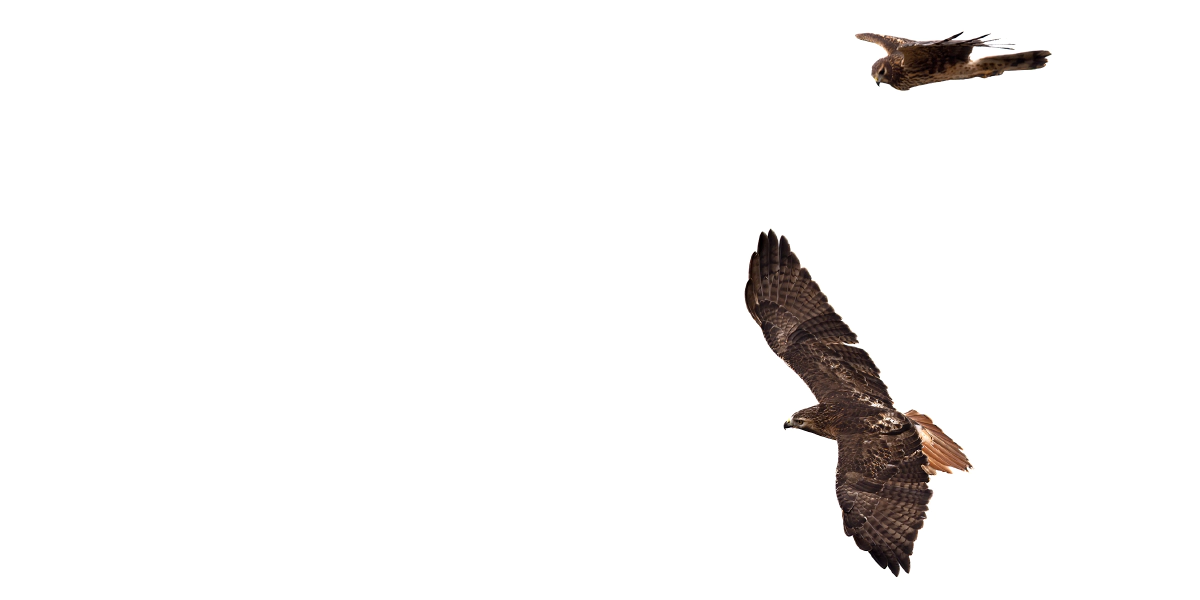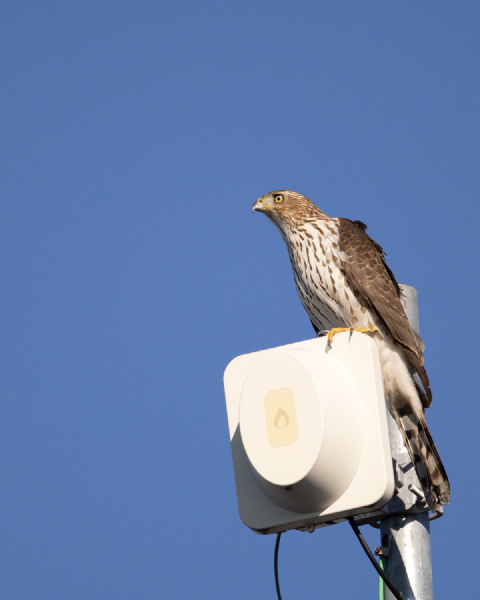
So as it turns out with photography, shooting wide open isn’t always ideal (for the non-photographers, this means setting your camera lens to let in as much light as possible).
It can result in images with incredible bokeh, that blurred quality that sometimes makes people think your photograph was made in Photoshop, but there are occasions where it’s best to let in a little less light.
Most of the images I’ve posted here on this site were shot wide open. It’s a safe default setting that can certainly yield good results. This technique does have some drawbacks, though, one of which is apparent in this post’s image.
The depth of field is too narrow.
Having a very shallow depth of field is one ingredient to get that dreamy bokeh, but with large subjects, or multiple subjects with a bit of separation between each other, that narrowness is a hindrance. Even for smaller subjects like songbirds, a wide open aperture can cause their tails to be blurry! Whether or not you like that effect is a matter of preference, but I personally do.
So what’s wrong with the image of the harrier and the hawk? The hawk is in focus, but the harrier is slightly blurred. I shot this image with an aperture of f4, the lowest my lens will go (and therefore, the biggest opening for light). I have a bad habit of only considering shutter speed and ISO when I’m out with my camera, so the imperfection is this image will hopefully help remind me to be more aware of aperture in the future.
On the whole, I enjoyed the experience of watching this harrier chase off the red-tailed hawk. I was driving down a rural road and saw the hawk perched on a tree branch, just on the edge of a fairly big grassland. Just as I stopped, the northern harrier flew at the hawk from behind, circled, and did it again.
After a few more attempts, the hawk flew off to a different tree a hundred feet or so away. It didn’t take the harrier long to return, though, and after a few more passes, the hawk took off and didn’t return. The shot in the banner was from that final encounter. The one below was taken when the hawk flew away for the last time.

I’ve also been seeing a juvenile Cooper’s Hawk around the Wilmington area for a few weeks now. My first sighting was at the urban wildlife refuge a mile or so away, but he’s landed on the building across the street from me a few times recently, too.

Hope he’s able to figure out how to hunt pigeons and starlings and sticks around for a few years!